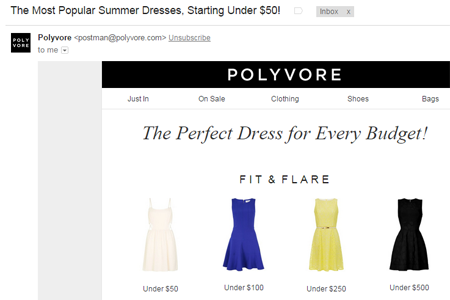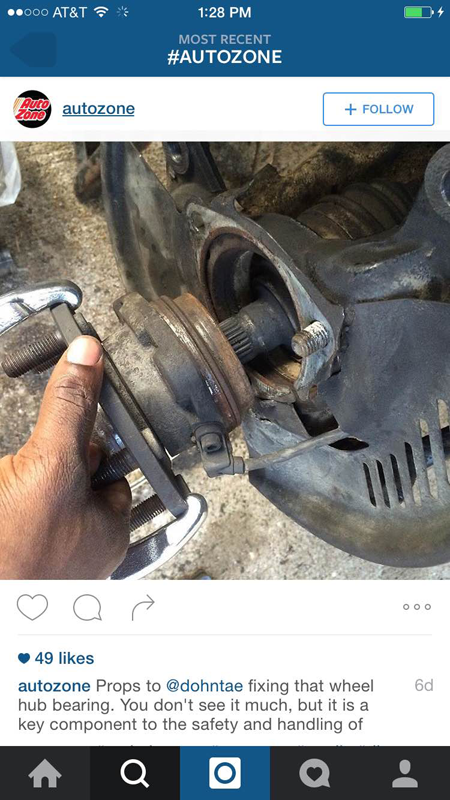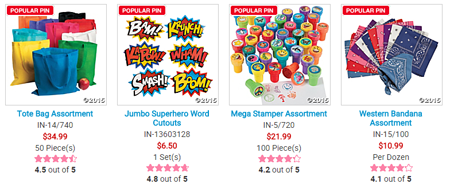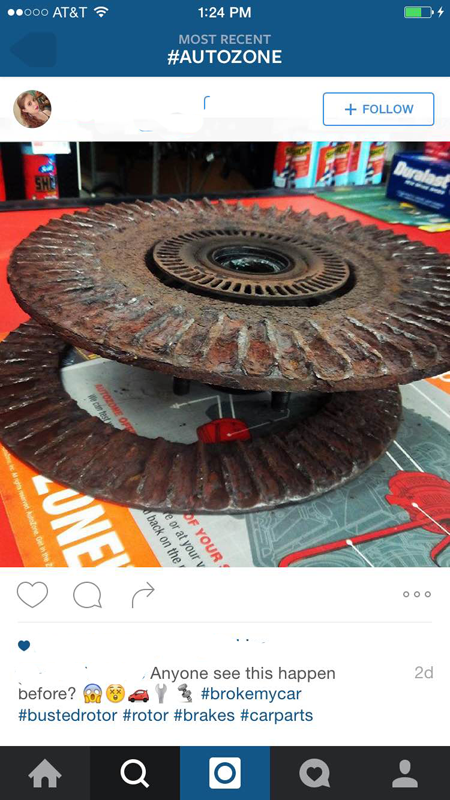No-Brainer Content for Retailers

Today's consumers are an educated bunch; and why wouldn't they be?
With search, social and other ways to conduct research, shoppers are smart to consult their peers, price shop and more to ensure they are getting the best product at the best price and with the best delivery and return options.
Chances are, however, that a retailer (especially one out of the top 50 or so) will never be able to compete on price and selection, so they must make up for it in experience. A website must, of course, meet user expectations (quick load time, mobile-friendly, intuitive search, detailed product pages, plenty of product reviews, etc.), but it's the content that a retailer publishes that can exceed those already-lofty expectations and "win" the conversion.
Since consumers' path to purchase is often fragmented (search, social, email, mobile, etc.) it is becoming quite difficult to predict, but content is one way to meet consumers where they are in the discovery process and, ultimately (or hopefully) influence the purchase decision. Content marketing, however, is proving resource intensive because creating meaningful content every month/week/day/hour is not what a lot of retailers signed up for. That said, there are some no-brainer content types that anyone selling goods online can create (and in some cases, curate).
Most Popular
Retailers are sitting on a gold mine of content when it comes to what their shoppers are buying the most. Nobody wants to feel left out, so retailers should look at what is selling the most that week or month and dispense this information across their marketing channels (e.g. email, social, blog, landing pages, homepage, etc.). By informing customers of the most-popular products, they may feel compelled to buy to keep up with the digital Joneses.
Polyvore, for example, frequently sends emails with the most popular items in a certain category, like, "The Most Popular Summer Dresses Under $50." This email could easily be expanded into a blog, where the author could write about the reasons those dresses are popular (e.g. this color is on-trend - with a link to a fashion article), what body type a particular dress works best for and more.

Plus, these popular styles could be part of a year-end blog about what was most popular in 2015, and then a blog about what the retailer expects to be popular in 2016 (with links to existing products).
Brand Fanatics
The smallest of companies has customers who have an allegiance to their brand. Even if it's a relative or a friend, retailers should consider leveraging those brand fanatics to encourage others to buy.
The content that those fans create can be used in myriad ways. For starters, simply retweeting, sharing, re-pinning or regramming a fan's post can keep a retailer's various social pages updated. Further, retailers can use the content that brand fanatics are creating for photo slideshows like "See how (Company Name) Customers Are (Using/Styling/Wearing/Promoting) Our Products."
Success Stories
Similar to how business-to-business companies publish case studies in hopes those successes will resonate with a company in the market for a particular product or service, retailers can use social media to publish their own success stories. An auto parts store, for example, could search their corresponding hashtag (in this case #autozone) to see what customers are sharing about their experiences fixing their car with products purchased at the retailer's stores.
Auto Zone publishes these "success stories" on social media (see image below) and would be smart to expand this coverage to a blog with step-by-step instructions for those having car trouble to repeat that user's success. Better yet (for the sake of time and even liability), ask the user if he would be interested in writing an instructional blog for them (and perhaps give him a gift card or a promotional code as thanks).

Customer Q&As
Those who are seldom (if ever) published may find it intriguing to get their name on a website (or in a magazine, social post, etc.). Brands can easily ask some of their social followers if they are open to answering questions about a product they purchased and liked so that the Q&A can be turned into a blog post for others to read. Retailers who want to flip this script, however, can ask those who have left negative reviews to answer a question about what they DID like about the product or, "If you were CEO for a day, what would you change?" This level of transparency can be enlightening for consumers trying to make a decision and they may think higher of a company for being so open and honest.
Most Pinned
Pinterest is one of the most popular destinations in many shoppers' purchase path. This is especially true in party planning. This is why Oriental Trading Company is smart to include a "popular Pins" label on its products that are frequently Pinned on the social network.

These popular Pins can then be used to create blogs like, "Popular Pins for 1st Birthdays" or "Popular Pins for Halloween Parties."
FAQs
Dumb questions don't exist - especially if having an answer is the difference between abandoning a site or making a purchase. Retailers can compile a list of frequently asked questions in a particular category and create videos, infographics, slideshows and more.
If a retailer doesn't have a way of easily compiling FAQs, they can scour their customer service emails or logs, as well as turn to social to simply find questions within their niche. Going back to the auto parts store example, its marketers could search for #carproblems or #carparts on Instagram and look for questions that people are asking their friends, like in the example below, and answer them on its site. If the store does pull the questions off social, they can include the posts (and block the usernames if they feel uncomfortable repurposing the public content) and title the blog, "Answers to Instagram's Auto Repair Questions" or even make it a weekly series.

While publishing relevant content can be rather time consuming, the Web has plenty of available inspiration and no-brainer content to repurpose for a retailer's particular purpose - increasing conversions and loyalty.








